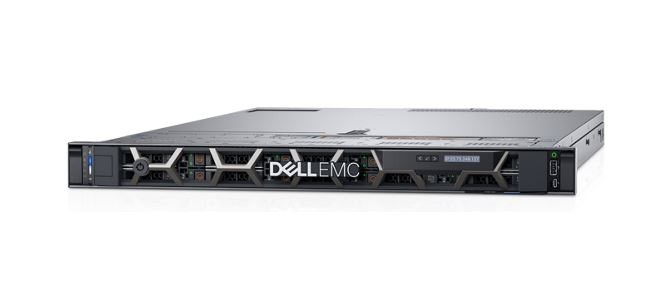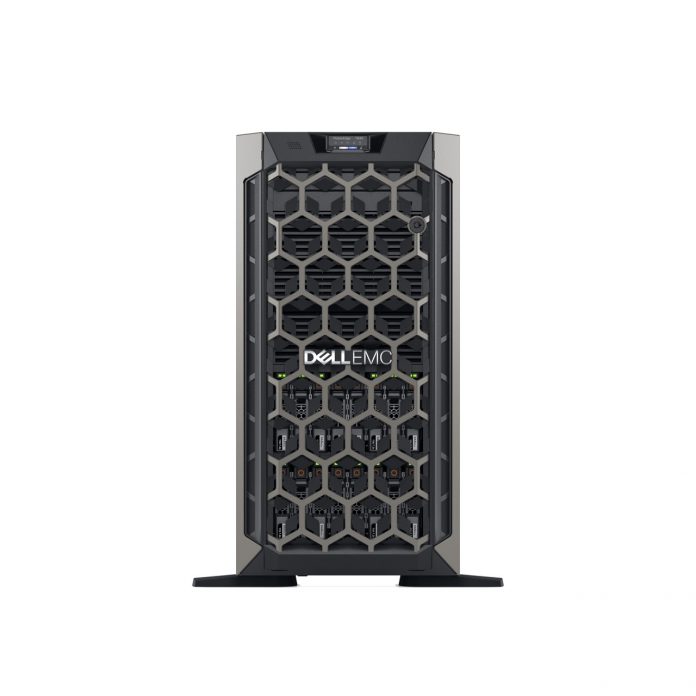Quantifying server shipments is something that a number of firms try to track, with IDC being perhaps the most well known. In IDC’s latest report, Dell EMC came out on top in two of the most watched metrics: revenue and unit volume.
Dell EMC Moving to the Top Spot in Servers
The head of the Dell EMC server portfolio, Ashley Gorakhpurwalla, penned a blog post announcing the triumph. For industry observers, Dell (EMC) has had a long history of being strong in unit volume even if it lagged in revenue. That comes from a history of selling lower ASP servers while others focused on higher priced parts of the market. For the first time, Dell EMC has moved into a leadership position for both unit and revenue categories.
In the market today, Dell EMC has a lot of momentum. With the EMC acquisition and VMware being in the Dell Technologies family, the company is taking full advantage of having a huge IT portfolio. At the same time, HPE has been divesting of businesses. Those divestitures have left it with a smaller portfolio to compete with. As a result, HPE losing a leadership position in the revenue space was expected.
At STH, we are wrapping up our testing of the Dell EMC PowerEdge R640 one of their 14th generation servers.

As a preview, the Dell EMC PowerEdge R640 has been performing extremely well so stay tuned for that review. We can see that as Dell EMC continues refining the winning formula of its PowerEdge line that it leads to commercial success. There is a rather large delta between the form and function of a Dell EMC PowerEdge server and some of the cost optimized servers we review.
Critics of the IDC tallying method like to ping on the fact that “everyone knows” there are large swaths of the server industry that are not readily reported such as the massive server farms for certain government agencies or hyperscale deployments. At the same time, this is a metric that is closely followed and the Dell EMC shift is showing that the company is able to manage a larger portfolio, something its competitors have failed at.





The company I recently left was enterprise level. They were in the computer revolution from the beginning.
Storage was EMC2. As far as servers go, they were willing to try any and did. Key was first does it meet the need, second was reliability, third was price. We had HP, IBM, Intel, Dell, and some oddballs in the mix. Over the years, HP was number 1. IBM & Intel were no longer considered. Dell always took a far second to HP. We never had a server go bad in the first week with HP, it happened too often with Dell. We didn’t like being the QC for Dell. So I can assume something happened, one or more of the following.
Dell upped the quality.
Dell drastically reduced the price.
HP dropped drastically in quality.
HP drastically raised the price.
You tell me.
@Patrick Greene: don’t have experience except one thing: HP stopped providing BIOS/firmware/iLO updates without support contract while Dell still keeps that (like Lenovo, Fujitsu, Supermicro etc.). HP move is seen in very negative light in some domains…
I believe the firmware update policy is a big issue for HPE. Here in Brazil, it is just so much easier to buy from Dell, reach dell.com, check prices and conf options, and either close the deal right there or reach out to a sales rep and bargain a little. With HPE they want me to deal with a reseller and resellers here mostly want to sell their stock of stripped down servers. Dealing directly with HPE is only for the very big enterprises.